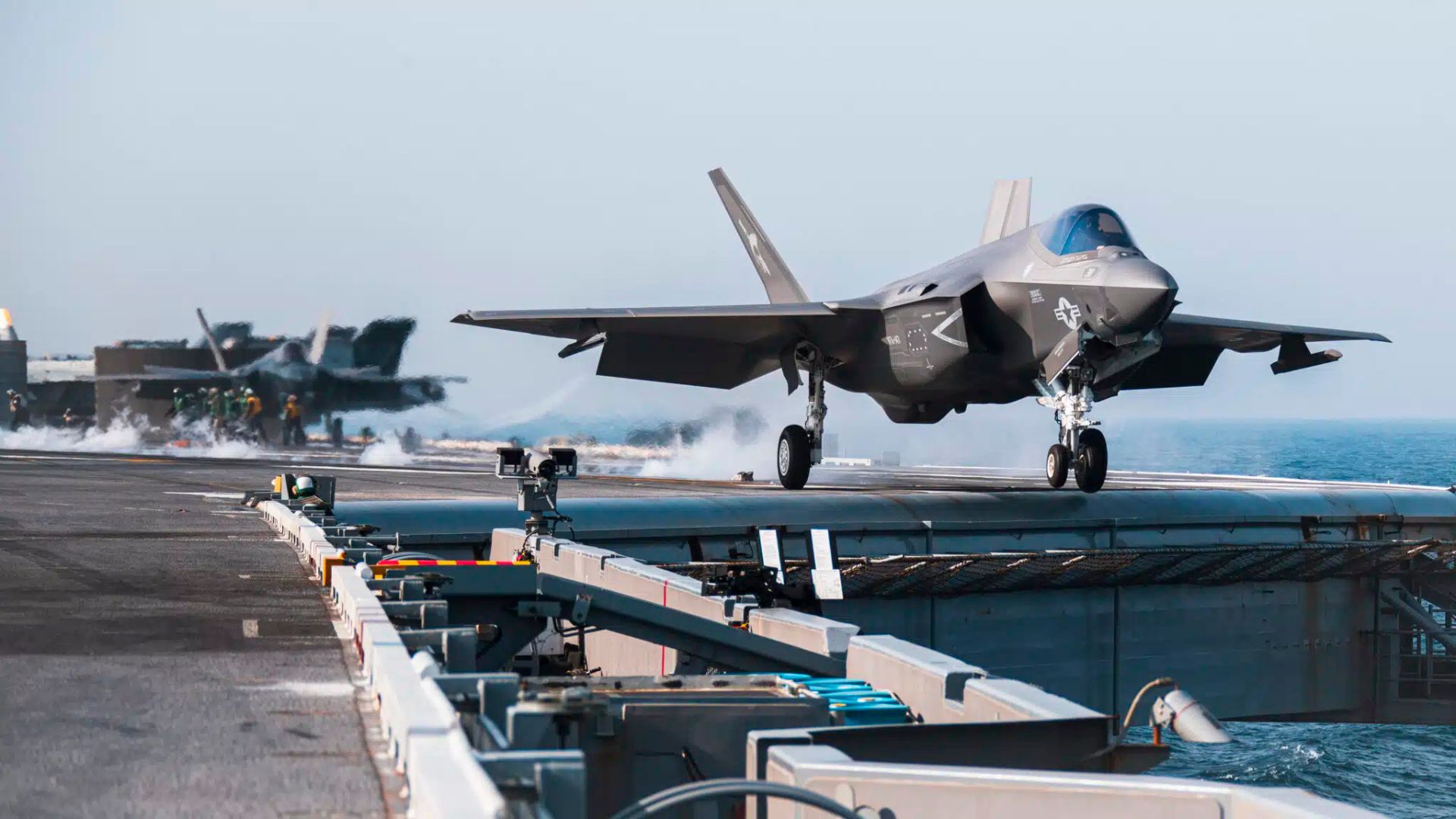A recent F-35 fighter jet crash in central California underscores the inherent risks within advanced military aviation training, marking a significant event for the U.S. Navy’s modern fleet.
The incident occurred near Naval Air Station (NAS) Lemoore, where an F-35C Lightning II, the carrier-based variant, went down during a routine training mission.
Crucially, the pilot, affiliated with the “Rough Raiders” of Strike Fighter Squadron VFA-125, executed a successful ejection, emerging from the high-stakes situation without injury.
VFA-125 operates as a Fleet Replacement Squadron, playing a vital role in preparing new pilots and aircrew for the complexities of flying sophisticated stealth fighter aircraft, emphasizing the critical nature of these training exercises.
The downed F-35C is estimated to be worth approximately $100 million, representing a substantial material loss for the U.S. military. This model is one of three key variants in the F-35 program, designed for distinct operational environments: the F-35A for the Air Force and the F-35B for the Marine Corps, highlighting the versatility of this fifth-generation aircraft.
This California crash regrettably marks the second reported F-35 incident within the current year, drawing attention to the challenges associated with advanced combat jet operations.
Earlier in January, an F-35A assigned to the Air Force experienced a similar training flight incident at Eielson Air Force Base in Alaska, where, commendably, that pilot also safely ejected and survived.
These events, while concerning, reinforce the robust safety protocols and pilot training crucial for managing the immense power and intricate technology of modern military aircraft.






Leave a Reply